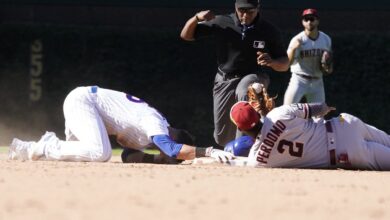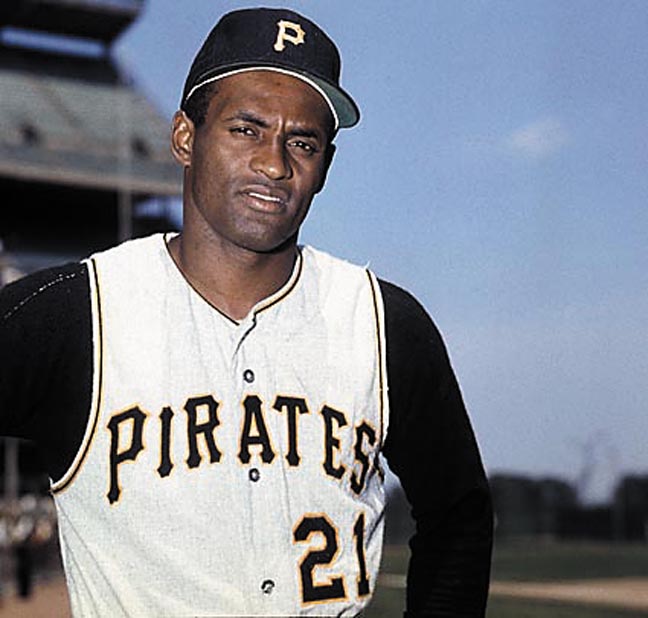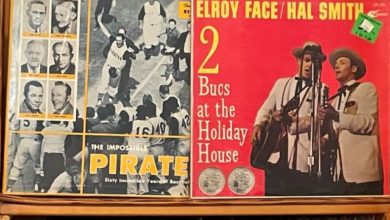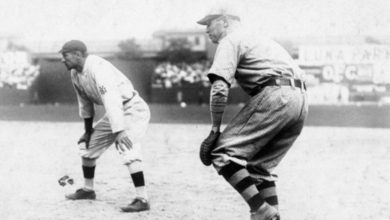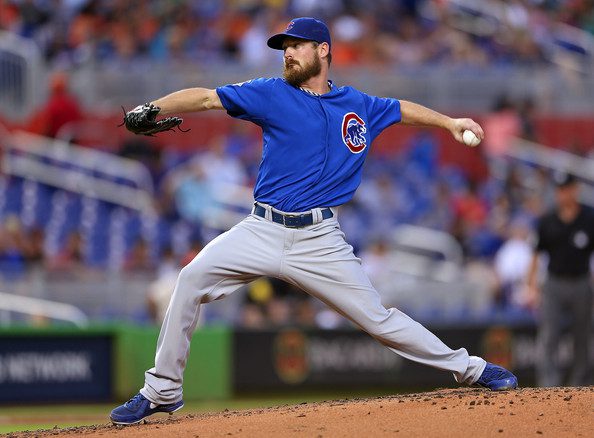

Every weekend, I post my 101 starting pitchers rankings for the upcoming week on my website, and one of my readers asked why Travis Wood didn’t make the list. I told him it was an oversight on my part, specifically a function of my West Coast Bias.1 After pitching seven scoreless innings (last night) with only two hits, three walks and zero earned runs, Wood lowered his ERA and WHIP to 2.02 and 0.90 respectively.
Originally drafted 16th overall by the Reds in 2005 out of high school, Wood spent five years in the minors before making his major-league debut July 1, 2010, coincidently, against the Cubs. After the conclusion of the 2011 season, Travis Wood, along with Dave Sappelt and Ronald Torreyes, were traded to the Cubs for Sean Marshall.
Travis Wood doesn’t have overpowering stuff as his cutter, his primary pitch, sits in the high 80s and can touch as high as 93 mph. In order to get outs, he relies on changing speeds and locating all of his six of pitches. As well as the cutter, Wood’s pitching arsenal includes myriad pitches, including a four-seam fastball (89-92 mph), two-seam fastball (88-91 mph), slider (78-82 mph), curveball (75-77 mph) and a change-up (78-82 mph). Even if you never saw him pitch, you can already get a sense the velocity disparity between all of his pitches and how he’s able to get batters out.
Prior to this season, Travis Wood has a career ERA of 4.22, a WHIP of 1.25 with an 18.4 percent strikeout rate and 7.8 percent walk rate. This year, his strikeout rate is 17.7 percent and the walk rate is 8.4 percent, which are both trending in the wrong direction. His batting average against is .169, which is helped immensely by a .189 BABIP. Combine the low BABIP with an 83 percent left-on-base (LOB) rate and you have a huge regression candidate. The only question for fantasy owners is how much will he regress?
The biggest difference this year is he’s generating more ground balls. Last year, his ground ball rate was only 34.3 percent, but this year it’s 39.7 percent. Looking at the location of his pitches (table below), it looks as though he’s no longer pitching in the middle of part of the zone, limiting the opportunities for well-hit contact. However, he’s throwing the ball up and down in the zone more, which indicates his ground-ball rate will regress as well.2
|
|
Vertical Location |
Horizontal Location |
||||
|
Year |
Up |
Middle |
Down |
In |
Middle |
Away |
|
2013 |
31.3% |
34.7% |
34.0% |
29.9% |
22.3% |
47.8% |
|
2012 |
29.3% |
38.3% |
32.5% |
31.1% |
21.8% |
47.1% |
Data courtesy of TruMedia Networks
I’m not buying Travis Wood’s hot start to begin the season. The quality of his stuff has not improved. His BABIP and LOB rates are prime regression candidates, and the quality of strikes he’s throwing has only marginally improved. By the end of the year, he will have a low four ERA, 1.20 WHIP and 140 strikeouts, which means if you pick him now, you’ll be adding his poor starts to your fantasy team’s ratios. Travis Wood should only be owned in only the deepest of leagues, and odds are he’s already owned in those leagues.
1. Insert a cat sound here. If you understand that reference, then you get 20 points.
2. Usually pitchers who throw the ball down in the zone have a higher likelihood of sustaining their ground-ball rates.


